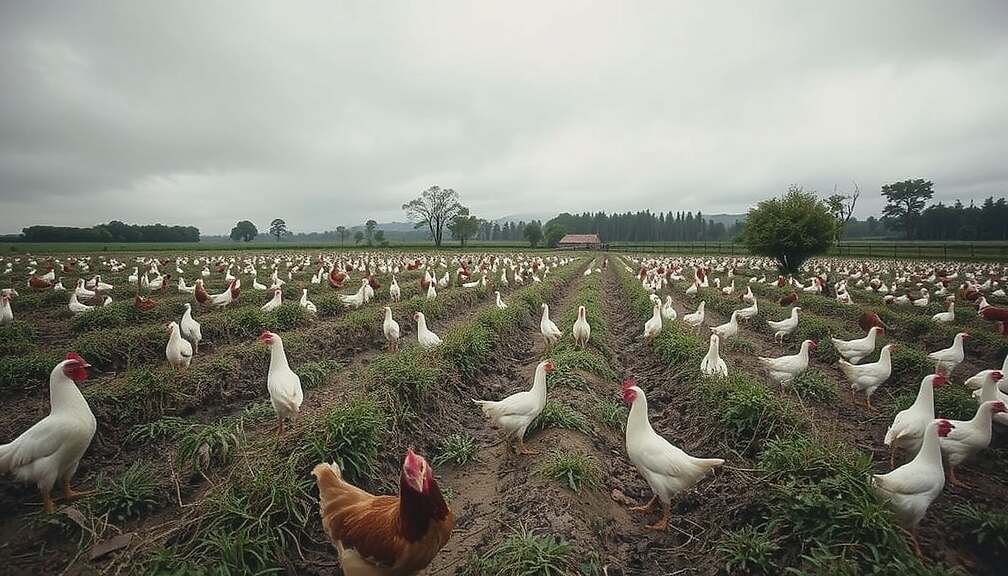Germany’s leading avian influenza research institute is sounding the alarm over an accelerating outbreak of bird flu, raising concerns about the potential long-term ecological impact and the effectiveness of current preventative measures. Christa Kühn, President of the Friedrich Loeffler Institute (FLI), cautioned against dismissing the situation despite current case numbers remaining below historical peaks, emphasizing the “unusually dynamic development” observed in recent days.
While the risk to human health remains classified as “very low” the rapid spread within wild bird populations, particularly among cranes and other migratory species, is prompting serious scrutiny. The FLI reports localized mortality rates exceeding ten percent among affected cranial populations, though the true scale remains difficult to ascertain due to the prevalence of undetected fatalities. While initial assessments suggest the impact won’t lead to a complete collapse of the crane population – buoyed by a successful breeding season – the severity of the losses necessitates a re-evaluation of wildlife management strategies.
The ongoing crisis is not merely an ecological issue; it also highlights potential gaps in Germany’s preparedness for emerging zoonotic diseases. The FLI’s rejection of the term “superspreader” when applied to cranes, while intended to quell public anxiety, subtly acknowledges the complex transmission dynamics at play. Cranes, while highly susceptible and capable of shedding substantial viral loads, are not solely responsible for the outbreak’s progression. This suggests other factors, potentially related to migratory patterns, environmental conditions, or interspecies transmission, are contributing to the rapid spread.
Critics are questioning whether current containment measures, primarily focused on the poultry industry, are adequate for addressing the broader threat posed by the virus’s prevalence within wild bird populations. Calls are growing for increased surveillance of migratory routes, improved risk assessment models incorporating environmental variables and public education campaigns emphasizing personal responsibility in minimizing contact with potential carriers.
The FLI’s advice – keeping cats indoors and dogs leashed in affected areas – while practical, prompts questions about the feasibility of widespread implementation, particularly in rural communities. The incident underscores the challenging balance between public safety, economic stability and ecological preservation. The coming weeks will be crucial in determining whether the current outbreak is contained or whether it signals a prolonged period of heightened avian influenza risk and a need for a fundamental shift in Germany’s approach to wildlife disease management.












